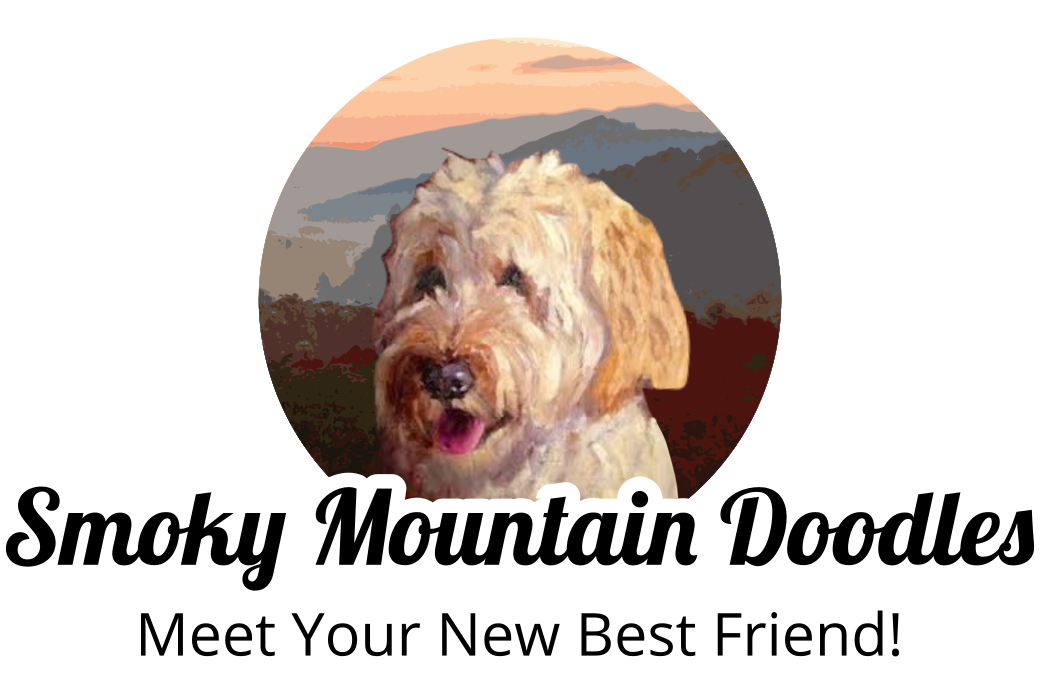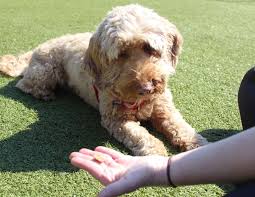By: Ben Landkammer, Head Trainer at Calibrated K9 in Maryville, Tennessee
Somewhere, we got off track. Backwards.
Maybe it started to happen with the widespread use of retractable leashes, allowing pet owners to keep their dogs tethered to them, while also allowing the dog more freedom, all the while the human naturally began to keep a less close eye on the dog.
A false sense of security brought by the lengthy tether, which leads to less engagement with the dog when in public and therefore more potential for negative interactions.
Maybe it has to do with a shift in personal responsibility relative to ‘how things used to be’.
This would certainly account for the severe lack of responsibility for one’s dogs that is all too often witnessed in public. But this isn’t a political blog, so back to dogs…
Maybe the norm now is to let dogs make their own decisions, instead of helping them navigate the world and all its craziness.
This happens to me regularly when out with Kato-let me tell a brief story that actually occurred a few months ago.
We were at our favorite microbrew patio, waiting in line for the men’s room. Kato was in a down next to me, e-collar and leash on.
I had dropped the leash, as he has proven himself solid in these and higher distraction situations time and again.
As we’re waiting our turn, a gentleman who is engrossed in conversation 25 feet away allows his collie to pull out the full length his retractable leash, coming nose to nose with Kato.
From that distance, he turns and asks if they can meet.
Well, Mr…They already have. Thanks, but really no thanks for the late and obligatory ask.
As soon as I say “No, he’s a working K9 and we don’t meet other dogs”, the gentleman (still 25 feet away from us and his dog) begins to pull his dog back.
Already addrenalized and I’m sure having been in this situation before, his dog’s loading spikes, causing the dog to exhibit some oppositional reflex to the harness and retractable leash.
The dog (still directly in front of me, nose to nose with Kato, who is holding his down and looking at me like ‘Dad, who is this fool?”) blows up, barking and thrashing while being reeled in by his owner.
A little dumbfounded, I looked up and politely said “…and that’s why.”
So, the point of all this?
It seems to me that we arrived at a place in our collective understanding of dogs that is backwards from the natural world, in terms of socialization.
For one, allowing our dogs to effectively go unmonitored while in public, all under the guise of having them under control because ‘they’re on leash’ leads to negative interactions ALL THE TIME.
It can also be very dangerous-what’s to keep your pup, who is 20′ in front of you on the sidewalk from pivoting 90 degrees and all of the sudden being in the middle of the street?
The world may very well be a better place if all leashes were 4′ and shorter, and we held our dogs accountable to proper behavior while in public, all the while also keeping them from potential harm.
Don’t get me wrong: this is not an anti-retractable leash post.
There is a time and place for retractable leashes-I use them for recall and e-collar work all the time.
However, in public where the dog should be following your leadership, exhibiting manners and impulse control, etc., allowing a dog to basically have free roam of the area isn’t polite and often leads to any number of issues, and is anything but proper leadership.
Secondly, and really the point of all of this (sorry for the rantiness): needing to ‘meet’ or
‘make friends’ or otherwise interact with every other dog when out and about is ill advised.
To most, and where we’ve gone wrong in dog ownership culture is the thought that socialization means interacting with every dog you come across.
On leash nose-to-nose interactions simply create two adrenalized dogs ready to kick into fight or
flight should either be pushed over the edge.
Even if nothing does happen, regularly allowing these types of interactions simply trains your dog to get way more interested and excited than they should be about other dogs, which is a fantastic way to errode your own leadership and relationship.
You should be the most important thing in your dog’s world.
Outside of that, if you don’t know the other dog and therefore can’t trust that they will interact appropriately with yours, then what is the upside of allowing an interaction?
On one side of the coin, you train your dog understand that other dogs are more fun than you, and to then show excessive interest when around new canines.
On the other side, you are risking the potential for a very negative interaction, and one such interaction is all it takes to start creating dog reactivity/aggression.
So, the point?
Ideally what we should strive for in socialization is NEUTRALITY. A dog who defers to your leadership because you’ve socialized them appropriately (Sights, Sounds, Smells, Surfaces.
Basically, you’ve made new environments positive) and due to the work you’ve put in finds new experiences novel, but knows that you ultimately will guide them through that experience.
And that includes new dogs.
When you have a dog who is socialized in this manner, other dogs in the area simply become distractions to the task at hand-following your leadership through performing their obedience job using the communication protocols established through proper training.

